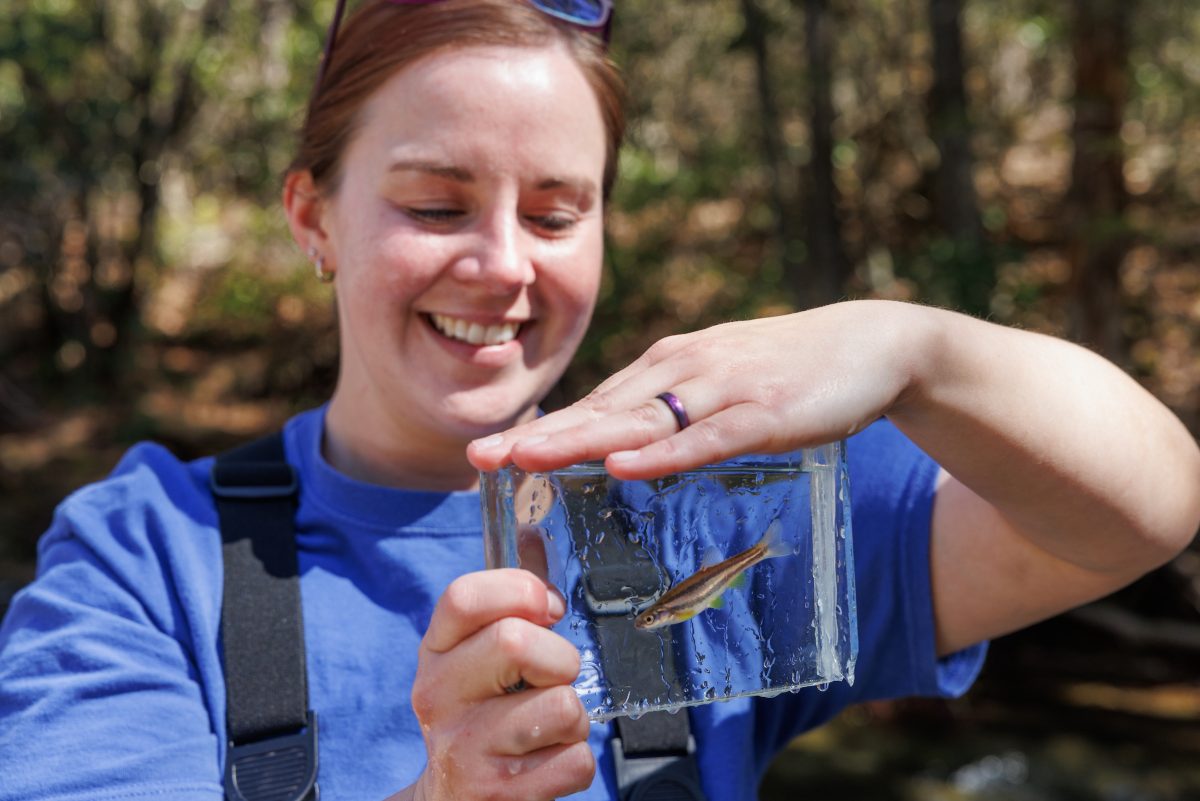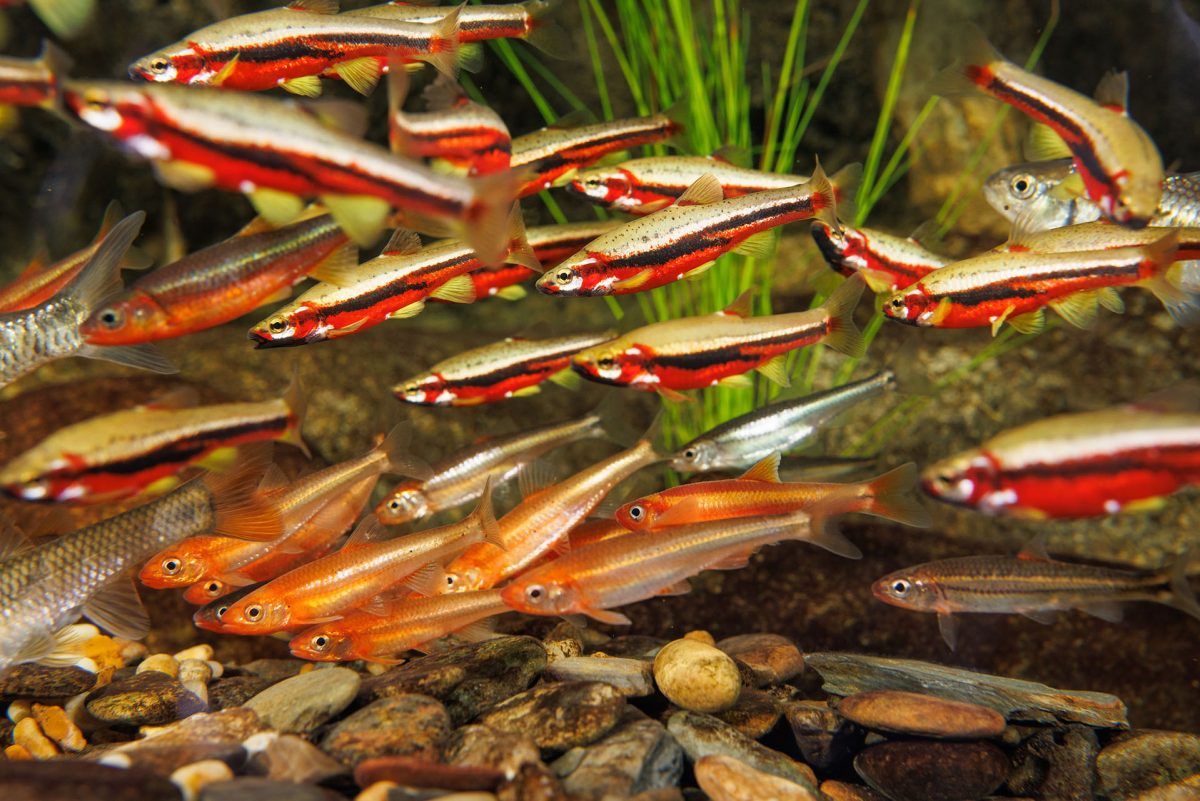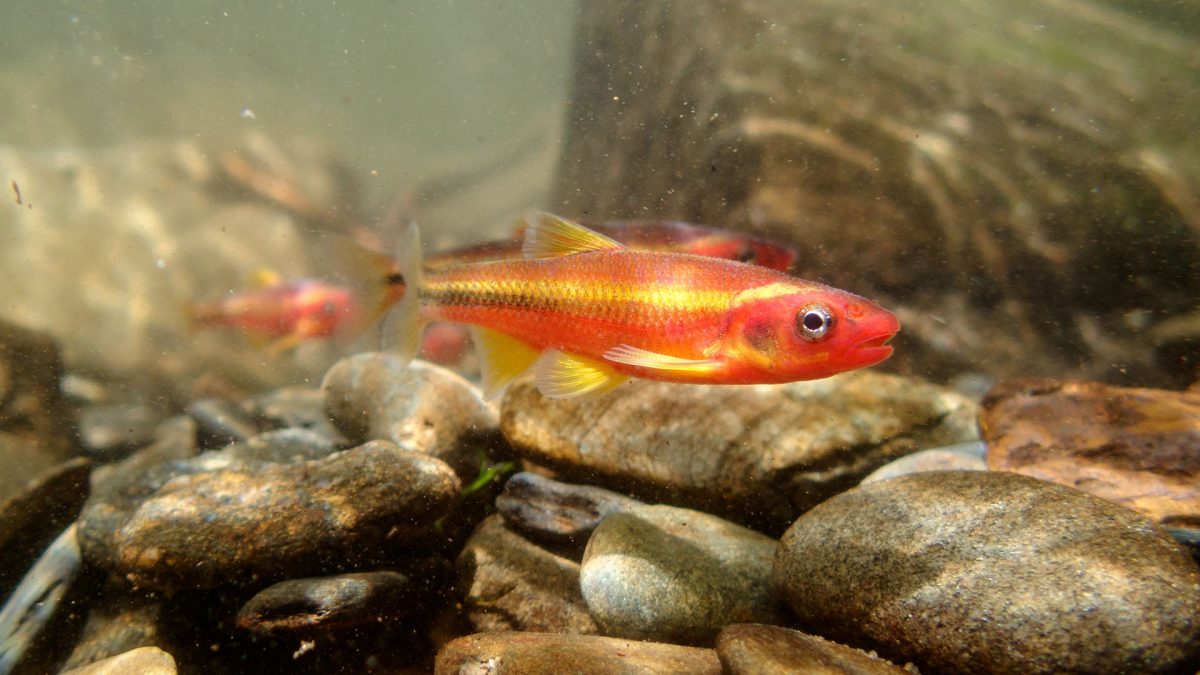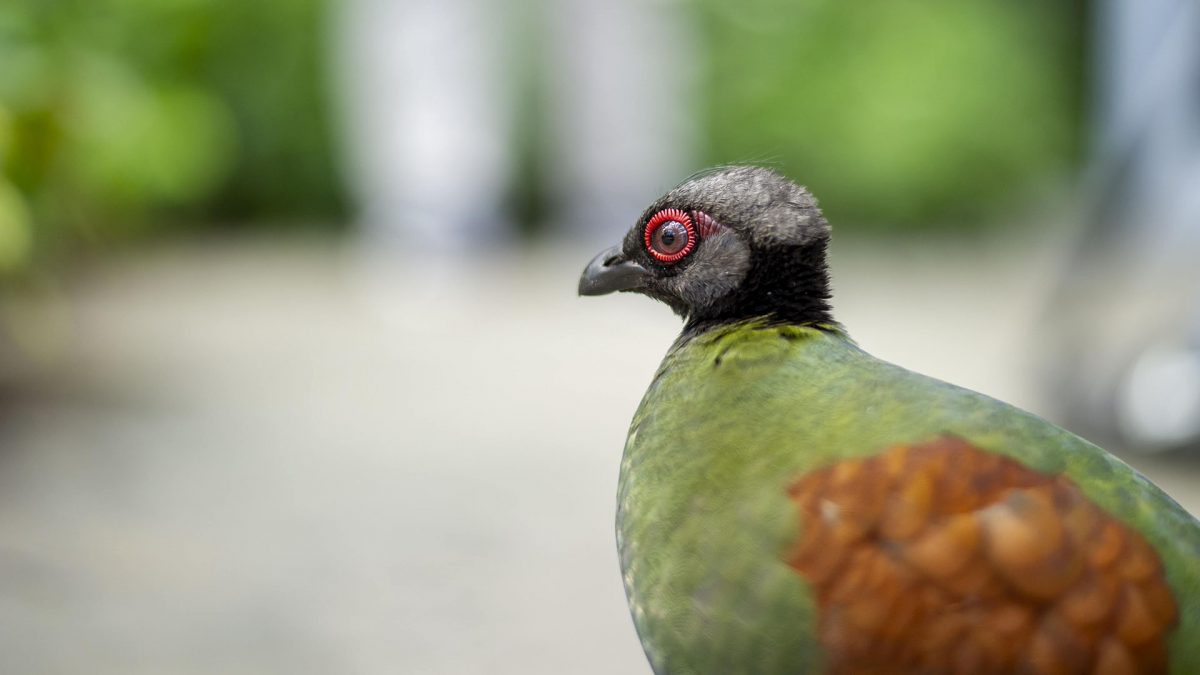Tennessee Aquarium members and guests can celebrate “Plantsgiving” this November with a free native plant giveaway Nov. 7.
Many pollinator species have adapted to thoroughly intertwine their lives with those of native plants, which they utilize for food, reproduction and habitat. Some insects rely heavily on plants during some (or even all) of their life stages, a pairing emblemized by Monarch Butterflies and milkweed.
To help support this natural relationship between pollinators and plants and celebrate “Plantsgiving,” the Aquarium is offering guests free seeds and/or native plant plugs. The seeds and plants will be available for free on the Aquarium Plaza outside the River Journey Building on Thursday, Nov. 7, 2024, between 10 a.m. and 2 p.m.
Plants and seeds are available on a first-come, first-served basis.
The giveaway comes at an opportune time for would-be native gardeners. While spring might be more typically associated with gardening, keen horticulturists know that planting in the fall helps give plants a leg-up for the upcoming season.
“Fall is a really good time to plant native species,” says Aquarium Horticulturist II Jenna Paler, who has coordinated Plantsgiving for two years in a row. “Plants go dormant in the fall, but soil temperatures always remain a little bit warmer than the parts of the plant above ground. By planting plants now, the roots are better able to establish for the next harsh summer, and you don’t have to do as much watering.”
The plant plug should be placed in the ground as soon as possible – within a few days – so that it can take root before winter.
Plantsgiving is a continuation of the Aquarium’s ongoing partnership with the Tennessee Department of Transportation (TDOT) to support pollinators. In recognition of Pollinator Week, in June 2023, the Aquarium and TDOT launched Pollinator Pathway, a self-guided experience on the Aquarium plaza.
Visitors can still explore the Pathway, which features permanent signage displaying information about pollinators and tips for making their yards and gardens more pollinator-friendly. Guests also can learn more about the Association of Zoos and Aquariums’ Saving Animals From Extinction (SAFE) program for Monarch Butterflies.
Available Plants
Aromatic Aster
Blooms mid to late fall with beautiful purple flowers. Grows 24 to 48 inches tall and wide. A vigorous grower that tolerates dry soils and prefers full sun.
Pink Wild Bergamot
Blooms with pink pincushion-like flowers in June and July. Deer and rabbit resistant. 36 inches tall and spreads by creeping rhizomes. Prefers full sun and average to moist soil.
Willow-leaved Sunflower
Yellow blooms with compact leaves that blooms September into October. Leave the seed heads through winter to feed birds. Grows 36 to 48 inches tall. Prefers full sun and average soil.
The Tennessee Aquarium’s Pollinator Pathways initiative is supported by the Tennessee Department of Transportation’s Pollinator Habitat Program.






